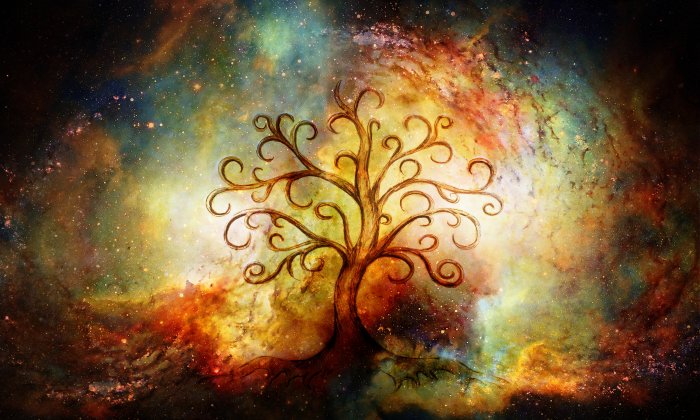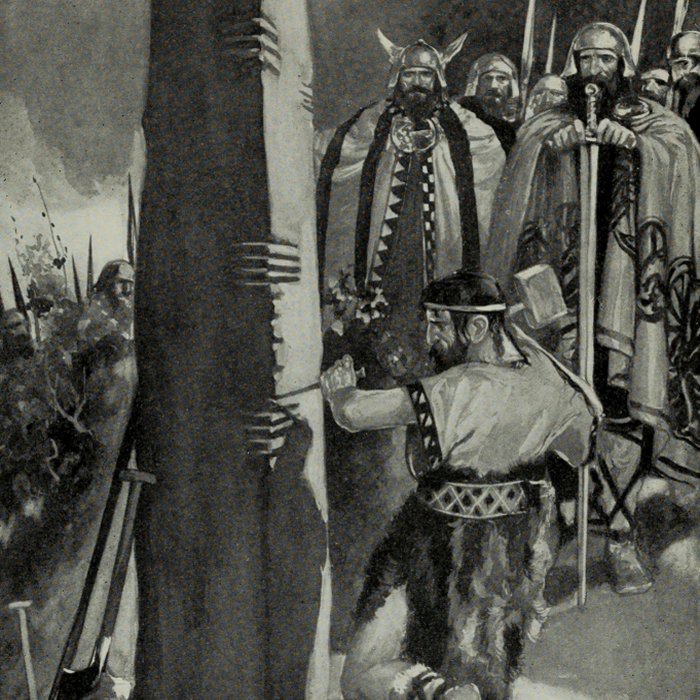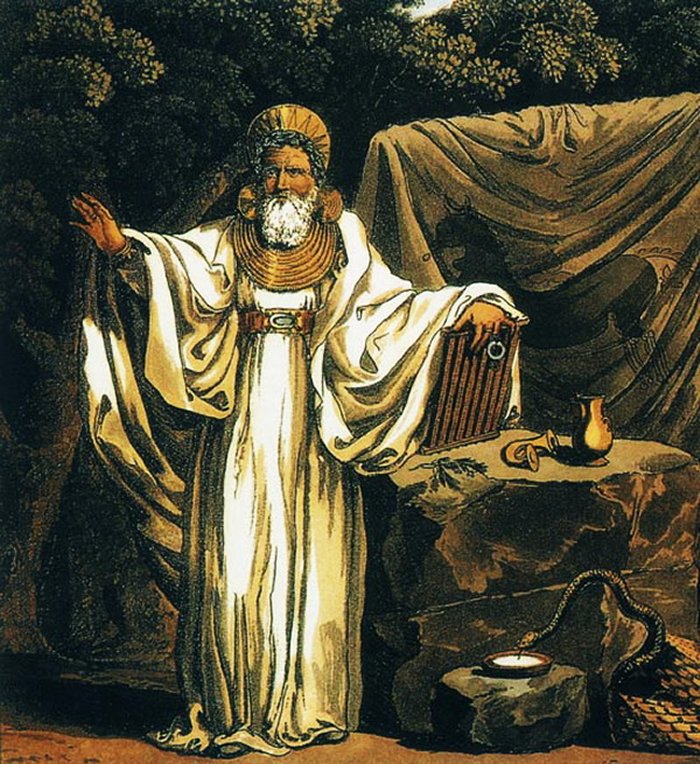Ellen Lloyd – AncientPages.com – To ancient Celts, nature and animals were sacred and must be treated with respect. The spiritual world was invisible. Gateways were leading from the material into the spiritual world. The physical world was believed to be much more complex than we can imagine.

Credit: Adobe stock – jozefklopacka
The Celtic Tree of Life was a portal to invisible worlds and a source of sacred knowledge guarded by the most enlightened ones.
Celts, who had a unique relationship with nature, believed that animals, plants, and trees possessed a spiritual essence. Under certain circumstances, humans could establish contact with beings from other invisible realms.
The concept of unity was a vital and overarching element of the Celtic metaphysic. All aspects of being were connected, and this naturally also applied to Crann Bethadh – the Celtic Tree of Life.
The belief in a Tree of Life is universal, and though the myths vary from culture to culture, some elements remain almost identical.
The Celtic Tree of Life is often depicted, showing the branches reaching skyward and the roots spreading out into the earth below, symbolizing the Druid belief in the link between heaven and earth.

Carving of Ogham letters into a stone pillar – illustration by Stephen Reid (1873 – 1948), in: Myths & Legends of the Celtic Race by T. W. Rolleston (1857 – 1920), published 1911, p. 288. source
The Celts believed that trees were the ancestors of man and had a connection to the other world. The most sacred of trees was the oak. Ancient Celts based their Ogham alphabet on the Trees, naming each character after a particular tree.
Readers of Ancient Pages are familiar with Yggdrasil, the eternal and sacred Tree Of Life in Norse mythology.
Most civilizations of Mesoamerica believed the Ceiba tree was mighty. Mixtec, Aztec, Maya, and other cultures consider this tree – sacred. The ceiba is a gigantic Tree of Life in Maya religion and cosmology and the point of beginning where the world came into existence. It was the Mesoamerican view of the Tree of Life.
The Kalpa Tree, often mentioned in Sanskrit literature, is believed to be a wishing tree, but it was also thought that it produced the fruit that nourished the first men.
The Celtic Tree Of Life Is Connected To The World Of Spirits
The Celts’ spiritual beliefs are reflected in their views of the Tree of Life.
The Celtic Tree of Life was a symbol of harmony. It explains why each letter in the Ogham, an ancient Irish alphabet written with various strokes and lines, represents a particular sacred tree. Although the oak was considered the most sacred, the ancient Celts clarified that every tree was blessed and had magical properties.
 In the society of the ancient Celtic Druids were priests – intermediaries between gods and men, as teachers, judges, and doctors. Illustration by S.R. Meyrick and C.H. Smith from “The Costume of the Original Inhabitants of the British Islands” (1815). Credit: Public Domain
In the society of the ancient Celtic Druids were priests – intermediaries between gods and men, as teachers, judges, and doctors. Illustration by S.R. Meyrick and C.H. Smith from “The Costume of the Original Inhabitants of the British Islands” (1815). Credit: Public Domain
Trees connected the world of the spirits, the ancestors, living enтιтies, and doorways into other worlds. Trees provided living beings with food and shelter. They were sacred to the fairy folk and the Gods.
From Celtic myths and legends, we learn that trees guard sacred wells and carry messages to invisible worlds. Trees are also regarded as a source of healing and wisdom.
In the Celtic view of the world, everything was interconnected, and the physical world was the most concrete form of the spirit. Celts believed that wise people like Druids could see and communicate with the other world.
The Druids, priests in the ancient Celtic religion, possessed the wisdom of the oak. This sacred knowledge had been handed down through the generations. Therefore, only Druids were permitted to be in charge of ceremonies commonly held in sacred oak groves.
In one of our previous articles, we discussed the significance of trees in the beliefs of ancient people around the world. In many mythologies, the tree is represented as the source of life, the center of the universe, and the cosmic tree. It’s also important to remember that trees still play an essential role in traditional cultures worldwide.
The Celtic Tree of Life is one of many powerful Celtic symbols.
Written by Ellen Lloyd – AncientPages.com
Updated on December 14, 2022
Copyright © AncientPages.com All rights reserved. This material may not be published, broadcast, rewritten or redistributed in whole or part without the express written permission of AncientPages.com





